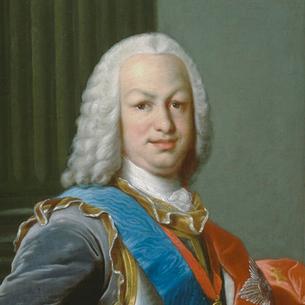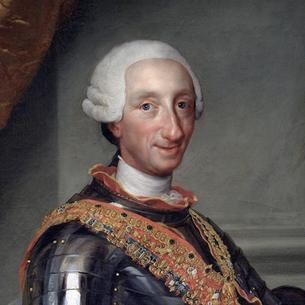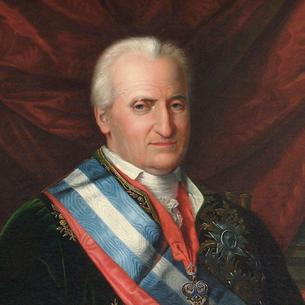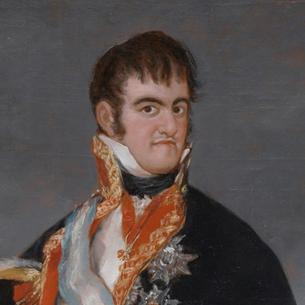Peruvian coins Catalog
Total added coins: 322
Which Peru coins are worth money?



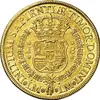
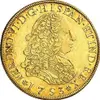
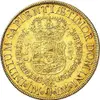


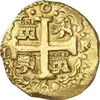

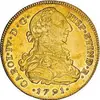
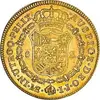






















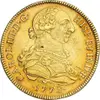
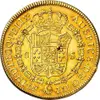

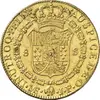

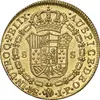


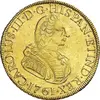












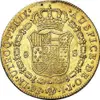



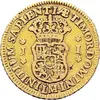
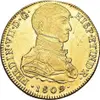





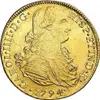







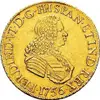


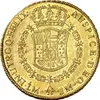







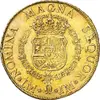


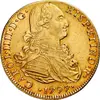











Coins of Peru
The Viceroyal Coinage in Peru
The history of Peruvian numismatics traces its roots back to 1568 when the first mint in Lima started minting coins. This was the first mint in South America.
Silver coins were minted in Lima with values of quarter real, half real, 1, 2, 4, and 8 reals. In its early years, there were several irregularities in the activities of this mint, like minting 8 reals without a permission to do so. The minting process was soon organized in a proper manner, but, following the opening of the Potosí Mint in 1574, the Lima Mint lost its significance. Thus, it stopped minting and it was closed in 1592, approximately.
The merchants of Lima soon claimed for the mint to be reopened, so it could provide the cash needed for trading in such an important port as Lima was. They finally did it in 1659 without the royal permission. But the king asked to close the mint as soon as he knew that it opened.. This illegal mint in Lima minted very few coins and they were mostly made of silver. However, it also minted 200 coins with the value of 8 escudos; the first 8 escudos ever minted in America!
In 1863, king Charles II gave permission for a new mint to be opened in Lima. This mint is active to this day. From the beginning, it minted silver coins (with the value of half real, 1, 2, 4, and 8 reals) and golden coins (with the value of 1, 2, 4, and 8 escudos). It was also allowed to open one more short-lived mint in Cuzco which minted only a few 1- and 2-escudo coins dated in 1698. With the rise of the Bourbons, the biggest numismatic innovation was the mechanization of the mint in Lima, which started using coining presses since 1751, and the introduction of the quarter real in 1792.
The First Coinage of the Peruvian Republic
When the War of Independence broke out, the royalists kept on minting coins in Lima. When the patriots took the city in 1822, they started minting coins that metrologically followed the Spanish standard, but had a republican symbolism.
The city fell quickly to royalist forces, but for a short period of time. During those months, they reminted republican coins and, on their retreat, removed most of minting equipment to Cuzco. This is how the Cusco mint appeared, being a republican mint from 1825 to 1846. Later, another mint was opened in Cusco in 1885-1886.
The political upheaval of the post-independence decades caused several reconfigurations of the Peruvian state. As a result, its coins changed over time, but always followed the Spanish standard from the metrological point of view. There was a mint in Arequipa between 1838 and 1841; and in 1836, 1843, and 1844 coins were also minted in Pasco.
The Decimal System
The economic boom that Peru underwent in the mid-nineteenth century allowed creating a decimal system in favorable conditions. So, the sol was born in 1863 as a bimetallic monetary unit of Peru.
1 sol was equal to 5 francos of the Latin Monetary Union (90% silver coins with a weight of 25 grams). It was divided into cents; silver subunits were minted with the value of 1/2 sol, 1/5 sol, 1 dinero, and half dinero. There were also 1- and 2-cents coins made of copper. The main unit was made of gold and was composed of 1 sol, 2 sols, 5 sols, 10 sols, and 20 sols.
Economic problems came back to Peru making it abandon the bimetallic system and accept a silver standard in 1872. At the end of that decade the War of the Pacific broke out and those problems grew worse. In 1880, a new monetary unit was established — the inca — which was divided into 5 pesetas, and each peseta into 2 reals. A few coins with the value of 1 peseta, 5 pesetas, and half real were minted both in the mint in Lima, and in a short-lived mint in Ayacucho.
After the war, silver coins continued to be minted and were denominated in sols. In contrast, a new golden unit was established — the Peruvian pound (libra peruana) which was equal to one pound sterling. So, until 1930, Peru maintained a system that had golden coins following the English standard and silver coins following the French one. At the same time, since 1879, there had been small cupronickel coins with the values between 1 and 20 cents. These coins made of non-noble metals gradually invaded the entire Peruvian coinage.
The Peruvian economy remained reasonably stable until the 1980s. Then it suffered a strong inflation, therefore the inti was introduced in 1985 as a monetary unit. 1 inti was equal to 1 000 sols.
The inflation remained uncontrolled, and the inti depreciated very quickly. In the end, the sol was reintroduced in 1991 (known then as «the new sol») as a monetary unit in Peru, and 1 sol was equal to 1 000 000 intis. This new denomination established coins from 1 cent to 5 sols which continue to be used to this day.
Adolfo Ruiz
